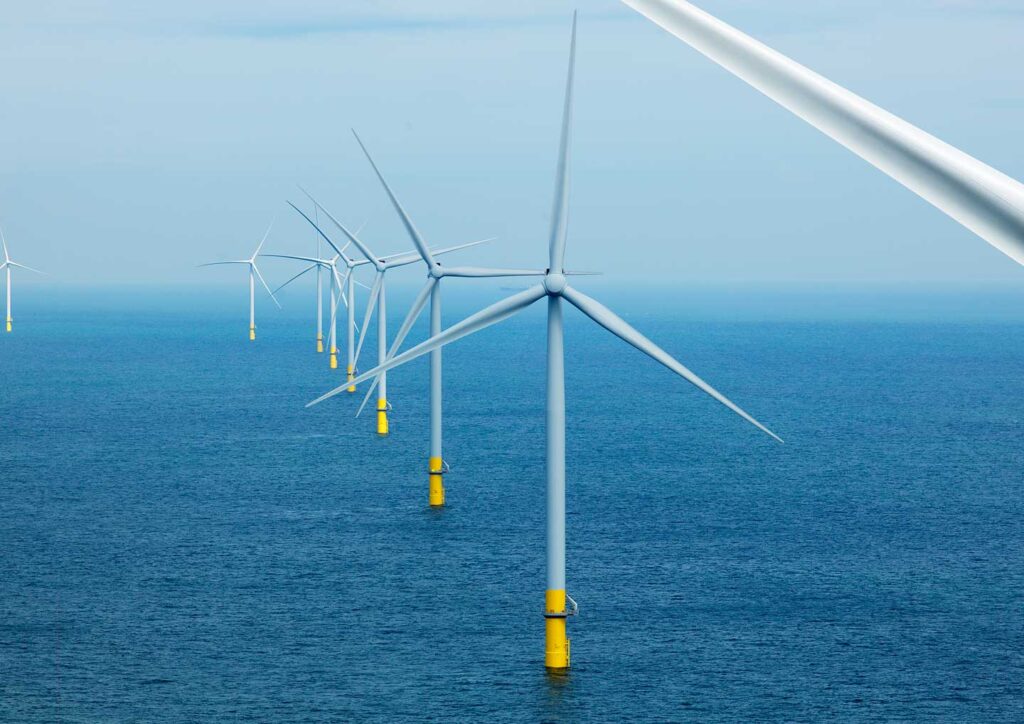Wind Energy – The Netherlands
The Netherlands’ energy independence is at risk as energy companies say the business case for offshore wind is no longer viable.

On the NOS television programme Nieuwsuur, As Tempelman, chairman of the board of directors of Eneco, recently announced that he no longer sees any future in the construction of new offshore wind farms. “We are getting out. It has become too expensive.”
This announcement is a big slap in the face for the Dutch government and all national offshore wind lobbyists. The scare is in full swing.
In recent years, Eneco has won several tenders for wind farms in the North Sea. However, Eneco is no longer participating in the tender for the next licensing round for a new farm more than 50 kilometres off the coast of IJmuiden.
“Demand for green electricity needs to be stimulated more, and that needs to be reflected in higher energy prices. Otherwise we simply cannot cover the costs of offshore wind farms,” says Tempelman.
Energy companies have recently seen costs rise for cables, steel foundations and turbines, among other things. “In addition, the cost of financing is many times higher because interest rates have risen,” says Joël Meggelaars of energy company Ørsted. And the company still sees many risks: “Will there soon be a customer who wants to buy my electricity at a decent price? If there isn’t, the business case won’t work.”
So Eneco is certainly not the only party to pull out. “If the Dutch government does not change its policy, I find it hard to imagine that we will bid for a new wind farm. We see much more attractive opportunities abroad,” says Meggelaars. Other energy companies have also shown little interest so far.
Marco Kuijpers of grid operator Tennet believes the government should start providing financial support for offshore wind farms again. The state-owned company is currently building new high-voltage substations on the mainland. This has already cost four billion euros. But the construction of wind farms is lagging behind.
“As a result, the energy transition is coming to a standstill. Offshore wind energy is one of the most important parts of this energy transition,” says Marco Kuijpers.
Energy companies used to receive large subsidies to build the farms, but as demand for green power has grown, this support has been phased out in recent years. But in the coming years, energy companies expect demand for power to lag, as many large plants will continue to use fossil fuels for the foreseeable future.
Climate and Green Growth Minister Sophie Hermans acknowledges the problems power companies are facing. She calls the market situation not ideal. She therefore wants to start looking at the conditions in tenders for wind farms.
Hermans says she wants to amend the law to enable the principle of contracts for difference. This means that when electricity prices are low, the government subsidises power companies, and when prices are high, it pockets part of the profits. “My focus now is to strengthen the market, to make it more attractive for companies to participate anyway,” Hermans says.
Offshore wind farms generate a lot of electricity. There are now 670 wind turbines in the North Sea, supplying power to five million households. If it were up to Hermans, there would be many more turbines in the sea. These should then produce 21 gigawatts in seven years’ time, three-quarters of what the whole of the Netherlands now uses in electricity.
